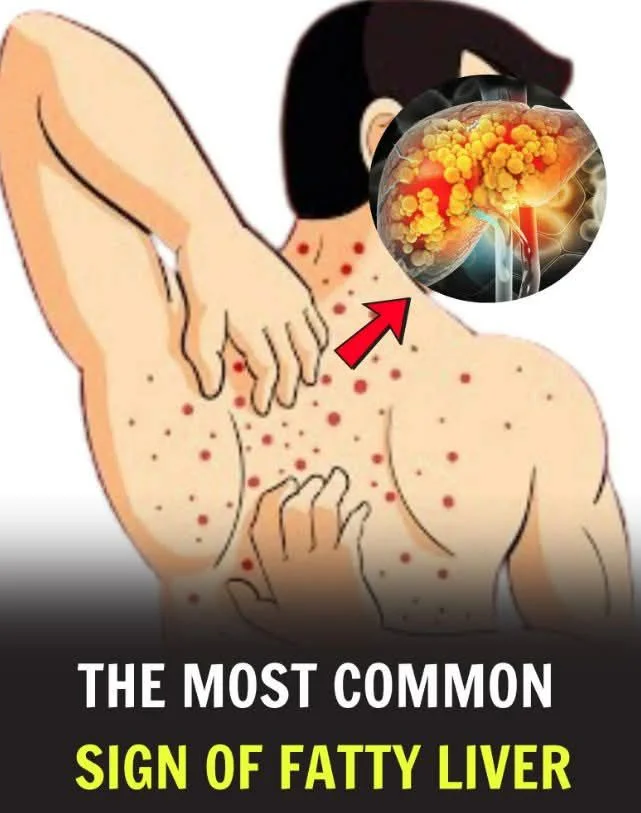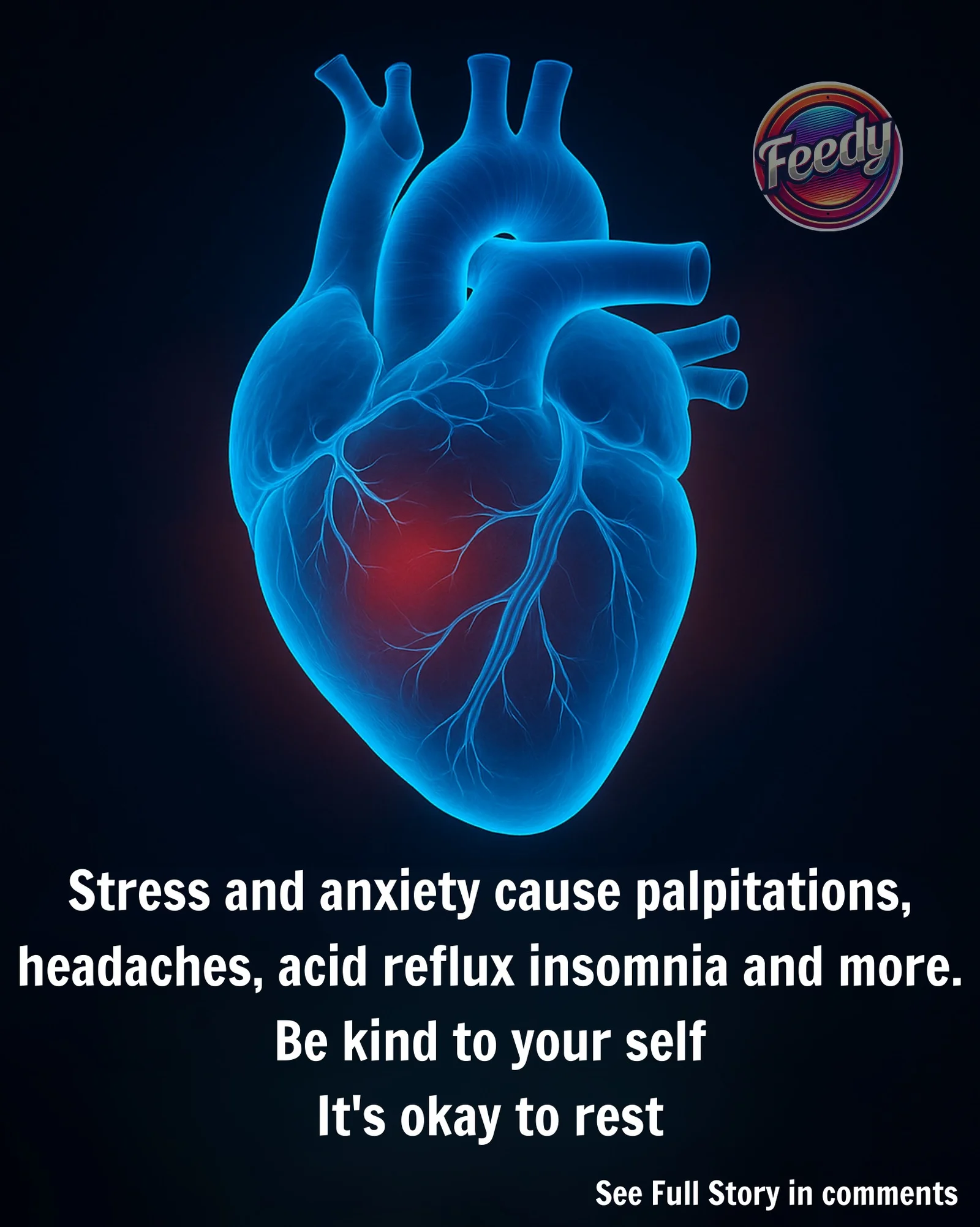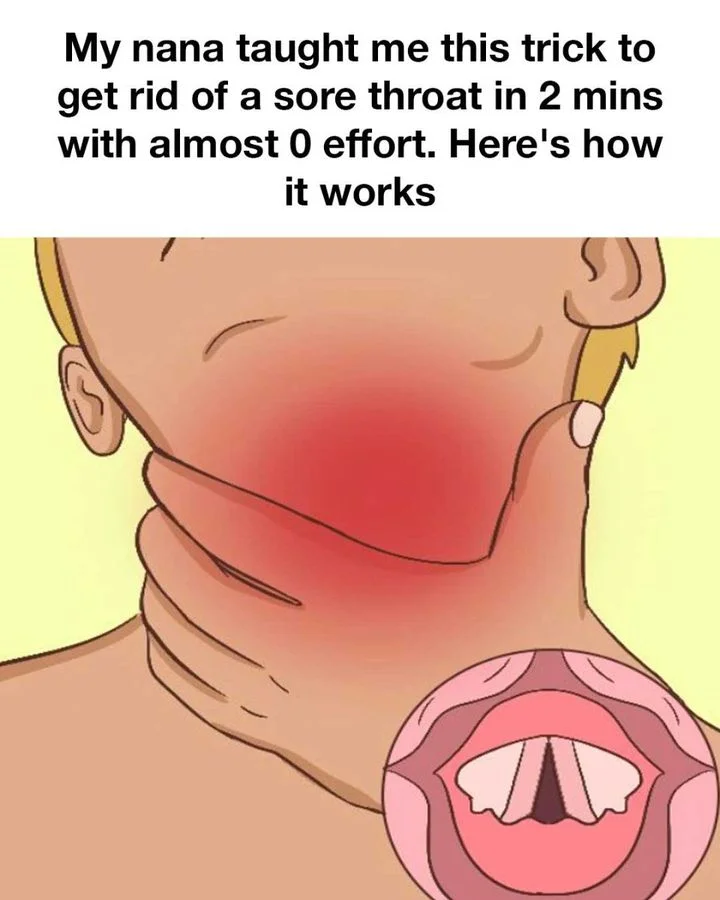As the world grieves, the Pope’s closest associates have shared the truth about his last hours, including his heartfelt farewell gesture and the words he decided to leave behind. Pope Francis thanked the guy who had supported him during his sickness with a simple hand gesture in his dying moments. It was a brief but impactful farewell. Pope Francis died on Easter Monday, April 21, 2025, at the age of 88 at his residence in the Vatican’s Casa Santa Marta. pic.twitter.com/jUIkbplVi2 — Vatican News (@VaticanNews) April 21, 2025 Moments earlier, he had whispered nine poignant words, his last known sentence — “Thank you for bringing me back to the Square.” Those words were addressed to Massimiliano Strappetti, the nurse who had become a central figure in the Pope’s final years. The man who once recommended colon surgery to save the Pope’s life was Strappetti, who was more than just a caregiver. In 2022, he was named Pope Francis’ personal healthcare assistant for his unwavering commitment. Strappetti was by the Pope’s side during his last hospital stay in Gemelli Hospital in Rome and afterwards at Casa Santa Marta, where he kept constant watch. Strappetti accompanied Pope Francis on Easter Sunday during the Urbi et Orbi blessing, which would be his final public appearance. The previous day, they had gone over the route he would take to reach St. Peter’s Basilica’s Central Loggia. Source: Wikipedia Pope Francis had intended to ride in the popemobile following the blessing in order to surprise the 50,000 worshippers assembled in the square. But he paused and said, “Do you think I can manage it?” to get advice from his assistant. He did. On Sunday, he went back to the square, embracing the people there and giving the kids extra attention. It was the last voyage he would take in a popemobile and the first after he was released from the hospital. Tired yet content, he turned to Strappetti and said, “Thank you for bringing me back to the Square.” In that moment, he revealed the depth of his desire to be close to the people, a principle that had defined his papacy from the start. Ezoic He went to bed and had a peaceful meal later that day. He started exhibiting symptoms of an unexpected illness about 5:30 a.m. the following day. The medical staff acted right away, but Pope Francis fell into a coma around an hour later. He waved his hand to Strappetti as a last gesture before passing out when he was laying in bed on the second level of Casa Santa Marta. Ezoic He did not suffer, according to those who were there. Given the Pope’s reticent attitude on his health, the death was unexpected and covert. When Pope Francis was elected on March 13, 2013, he made a commitment to walk “together” with God’s people. With humility, warmth, and grace, he fulfilled that vow in his final hours. Ezoic A stroke, followed by a coma and permanent cardiocirculatory collapse, was determined to be the cause of death. Vatican City State’s Directorate of Health and Hygiene, led by Dr. Andrea Arcangeli, officially certified the facility. The Holy See Press Office published a report outlining the Pope’s medical history, which included multiple bronchiectases, high blood pressure, type 2 diabetes, and acute respiratory failure from multimicrobial bilateral pneumonia. By using electrocardiographic thanatography, his death was verified. Ezoic In a different, subtly poignant moment, Vice President JD Vance, who was among the last world leaders to meet with Pope Francis, said three last words to the Pope during his recent visit to the Vatican. These remarks now have more significance given the Pope’s passing. Vance, a convert to Catholicism, met Pope Francis on Easter Sunday, April 20, 2025, at the Domus Santa Marta in Vatican City. Video footage published by the Vatican showed the Pope sitting in a wheelchair, looking weak and reportedly hardly able to be heard. As Vance entered the room, he bent down and gently grasped the pontiff’s hand. “Hello,” he said. “So good to see you.” The Pope did not respond audibly. A priest acting as a translator spoke in his stead. Still, Vance, visibly moved by the moment, offered words of comfort. “I know you’ve not been feeling great, but it’s good to see you in better health,” he said. Vance stood to the Pope’s right in the photo after a short conversation, and the vice president’s final parting words were, “God bless you.” These were the final three words Vance spoke to Pope Francis; they were respectful remarks made just before the Pope’s death. Despite its briefness, the meeting was quite important. On issues like the Trump administration’s immigration policies and deportation strategies, Vance and Pope Francis had openly clashed. Despite their divergent ideologies, the Easter Sunday assembly was courteous and friendly. The Vatican said the guys had met to welcome each other on Easter. Vance’s convoy was only on Vatican property for seventeen minutes. His workplace acknowledged the encounter but provided no further details. The day before their meeting, on Saturday, Vance met with top Vatican officials to talk about issues including immigration and international war, which dominated many of Pope Francis’ public remarks. The Pope presented presents for the vice president’s family during the meeting. A priest gave Vance a plate of rosaries and a Vatican tie, along with chocolate eggs, through his interpreter. “These are for your children,” the priest said. Vance accepted the tie and replied, “Thank you. So beautiful.” The vice president and his family went to the Basilica of St. Paul Outside the Walls for Easter liturgy following the conference. They also paid a visit to the apostle Paul’s tomb. Following the Pope’s passing, Vance posted a tribute on X, expressing his sorrow and reflecting on the significance of their final meeting. “I just learned of the passing of Pope Francis. My heart goes out to the millions of Christians all over the world who loved him,” he wrote.The post continued, “I was happy to see him yesterday, though he was … Read more









